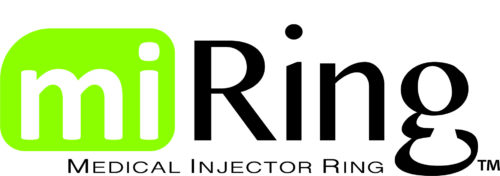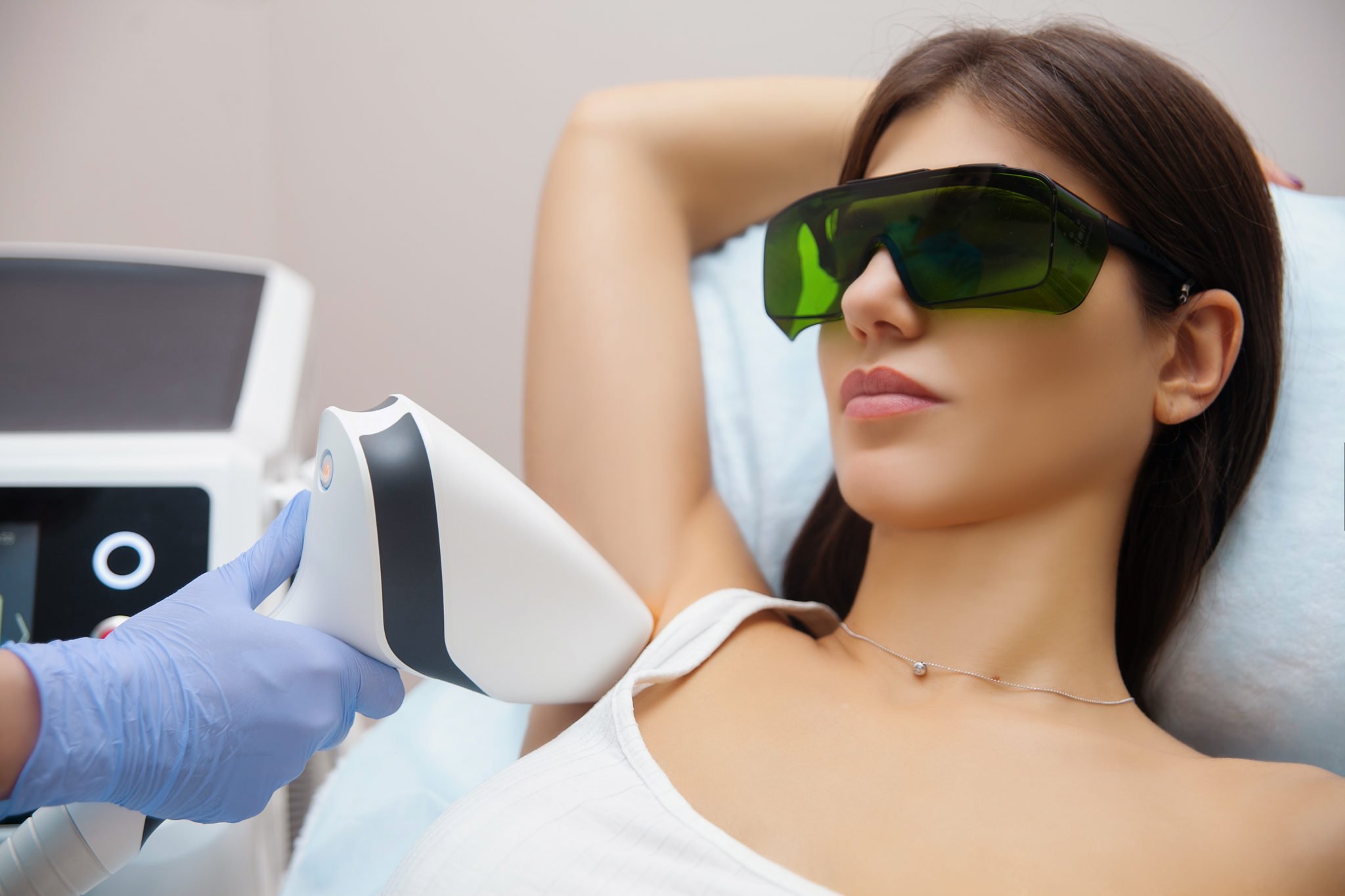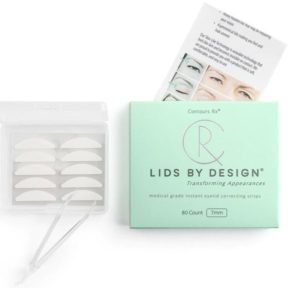Why More Practitioners Are Embracing Aspirating When Using Dermal Fillers & Biostimulators
In this episode of Aesthetic Record TV, Virginia Keating, NP-C, shares her clinical experience and education to inform us about best practices when aspirating with dermal filler and biostimulators. She also educates us on a  tool that she developed to provide practitioners with the confidence needed to aspirate correctly and helping them avoid common injection mistakes, the miRing.
tool that she developed to provide practitioners with the confidence needed to aspirate correctly and helping them avoid common injection mistakes, the miRing.
Virginia is an injector and anti-aging consultant at LifeSpring Anti-Aging & Aesthetic Medicine in Atlanta, GA. With special education in Adult Gerontology and prior experience in level one trauma, she traded in her suit for scrubs after transitioning out of corporate America to become a certified medical aesthetic injector. Virginia advices those who are seeking a career in aesthetics to pursue the right certifications and trainings from reputable companies. From her personal experiences, she also encourages daily mentorship under a skilled practitioner or physician.
What are some special considerations when working with dermal fillers and biostimulators?
According to Virginia, it’s important to consider what impacts aspiration in order to do it correctly. She lists the most critical factors as viscosity of the product, G’, needle gauge, cannula gauge, syringe volume capacity, force used to pull the back the plunger and technique. While the amount of time to aspirate is still controversial, she recommends pulling back to a .3mL for at least 10 seconds. Based on the gel properties of the product, this time may be expanded upward and even doubled. What makes aspiration exceptionally tricky for those with smaller hands is technique when aspirating. If the injector fails to stabilize prior to pulling back on the plunger, there is a good chance the needle tip will no longer be in the same location once you begin injections. This may create a false sense of security for injectors who believe they are properly aspirating only to find they are injecting in a different place.
The miRing is an incredible option to stabilize the hands and properly execute a one-handed aspiration. Because some products such as CaHa are extremely difficult to reverse, proper aspiration with Radiesse injections is critical. Additionally, as a filler becomes more highly cross-linked, it may become more challenging to reverse. Regardless of what is being injected, aspirating is a recommended technique to prevent the placement of product in a vessel.
What is the most important tool to prevent injection mistakes?
Education is the most important instrument in your injection tool kit. However, sometimes, we can find ourselves with too little or too much confidence in our abilities. Overconfidence, as Virginia explains, may result in risky injection behavior; and on the other hand, too little confidence may lead to apprehension and underperformance. “At the end of the day, we all need to realize that there is a patient in front of us,” Virginia continues to explain, “and safety is the number one concern.” The foundation of safe injections is the solid and thorough understanding of facial anatomy and vasculature. With Facial Anatomy Labs available throughout the industry with groups like AmSpa, Aesthetic Next, FaceIt Virtual, and many others, an injector who is serious about deepening their understanding of the innerworkings of the facial structures is not without opportunity. However, as with anything in the body, anatomy is unique to the individual patient, and genetic abnormalities or deviations may mean a structure, or a danger zone, is in a different place. The miRing was developed as tool to support one-handed aspiration, so the confidence is placed on the technique. This allows you to perform a consistent and safe injection each time so you have a method for safer injections no matter how the patient presents. Combined with a strong understanding of anatomy, the miRing is a practice staple for the vigilant injector.
Which Aspiration Technique is Better: One-Handed or Two-Handed?
 Aspiration is an injection technique that many practitioners recommend to ensure that the location of the needle tip will not result in an accidental occlusion of a vessel. The traditional method of two-handed aspiration can be an uncomfortable experience for both the patient and provider as there is less control exercised. There may be more shaking that the provider is unaware he has. This increases the chance for the needle placement to move and nullifies the results of the aspiration. The miRing device enables an injector to stabilize the patient with one hand, and use the other hand to aspirate with ease, injecting in harder to reach areas of the face.
Aspiration is an injection technique that many practitioners recommend to ensure that the location of the needle tip will not result in an accidental occlusion of a vessel. The traditional method of two-handed aspiration can be an uncomfortable experience for both the patient and provider as there is less control exercised. There may be more shaking that the provider is unaware he has. This increases the chance for the needle placement to move and nullifies the results of the aspiration. The miRing device enables an injector to stabilize the patient with one hand, and use the other hand to aspirate with ease, injecting in harder to reach areas of the face.
Originally developed for her own use, Virginia created the miRing to fit on virtually any aesthetic syringe- up to 5cc BD syringes!. After noticing a market need for a single handed aspiration tool, she made it commercially available to practices around the US. And because it’s made from jewelry-grade silver, it’s easy to toss in the autoclave, sanitize and reuse.
Watch the full length interview below to learn more about the versatility of miRing and how it can help you aspirate safety and confidently. Virginia also shares some insights for new providers wanting to break into aesthetic medicine.
Shop the Aesthetic Record Marketplace to take advantage of an AR only discount and purchase your own miRing today!






